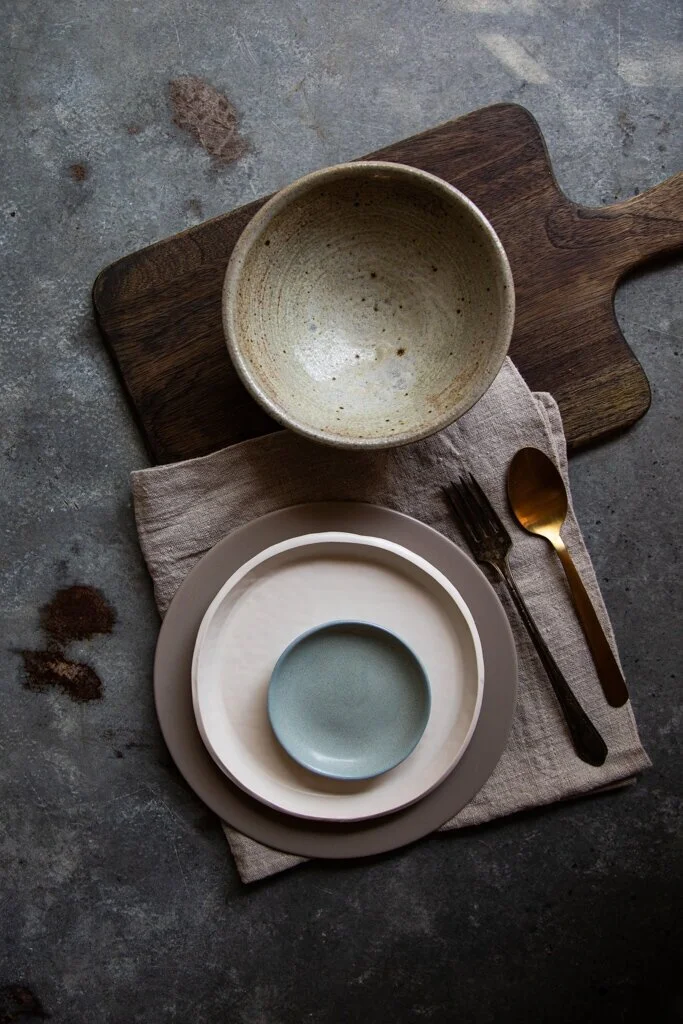No time to read? Check out the audio option and listen to this post!
Foam, froth, and steam! That’s always what we are trying to capture when we photograph dreamy, comforting warm drinks.
Many of us are headed straight into that season, so let’s talk about a few quick tips for photographing warm drinks and capturing on camera what you envision in your head.
Side note: In this post I’ve shared as many soups and similar foods than actual drinks because I have more experience with steam in this area. The same techniques apply to both.
Tip One: Layer
Don’t simply dump the frothed milk or whipped cream from a container onto the your coffee drink. Layer to build height and help that frothy top hold while you photograph it. Spoon on enough to cover the surface then continue to spoon more on, over and over until it builds over the cup. But be careful not to overflow it!
Tip Two: Hot, hot, hot!
I make it a point in my photography to focus on learning the subjects and techniques that I enjoy photographing. I tend to let the rest go. I say this because there are industry tricks (like heated cotton balls) for faking steam in an image. That’s just not my jam. I like to photograph in real life. So when you want to capture steam, make sure your beverage (or soup or stew) is straight out of the pot or the stove. The more steam you have rolling, the more time you will have to capture your shot.
Tip Three: Light it up
While we often want steam shots to look dark and cozy, the key to seeing the steam is light. Be sure there is plenty of natural light hitting your subject. I find that backlight works the best. If you are trying to create a dark background, though, consider a black board or backdrop behind with plenty of side light on the subject.
Bonus Tip: Non-fat froths better
This is something I learned in my barista days. In college, I worked for a bagel bakery and when I worked the counter, we also had to make coffee drinks. When someone ordered a cappuccino and didn’t specify the milk type, we would always default to non-fat or skim because it foamed much more when steamed. It’s something I apply to my photography when I’m playing around with warm drinks for photos.
These are just a few of my favorite tips. I hope they’ll serve as quick tips for photographing warm drinks and steaming bowls that you can start applying to your shoots right away. Over time, you’ll start to learn your shooting space and lighting better so that you can capture the steam and froth, just the way you want it every time.








